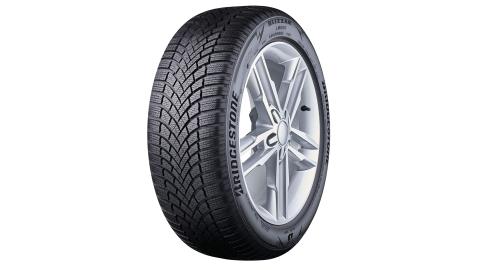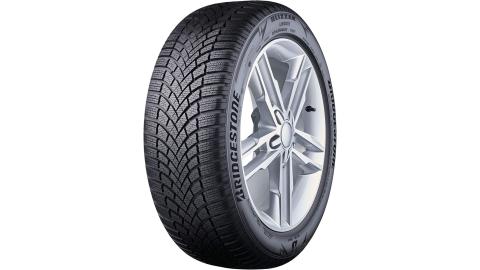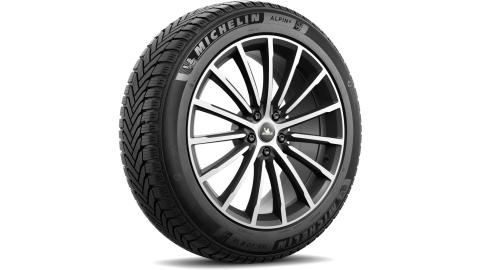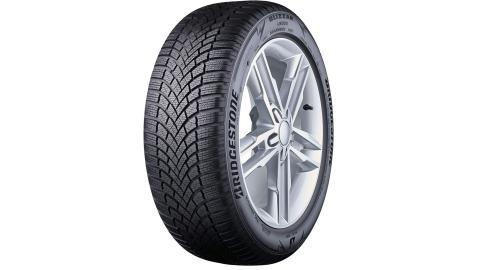In northern European countries it is rare that a car does not have winter tires when bad weather approaches. They are experts at driving on ice and snow, and yet they never forget to change wheels. There must be a reason!
We are going to dismantle several myths. First of all, winter tires are not only useful on snowy surfaces (although on this surface they are much more effective than snow chains).
The lack of adherence does not only occur because the pavement is icy, snowy or wet. The outside temperature influences in a way.
For this reason, when the thermometers begin to drop below 7ºC, it is advisable to put on winter tires: the rubber of conventional wheels hardens in the cold and can be very dangerous.
If you are going to travel these months, remember that in many European countries winter tires are mandatory.
Winter tires are also more effective when it rains: they have a deeper tread, with more angles and with more sipes that speed up the evacuation of water.
They will also provide more traction to the car when we cross a sheet of ice.
Here you have our selection, but remember that you should always mount the recommended tire size for your vehicle (you will find this information in the driver’s manual or on the car doors).
- Bridgestone BLIZZAK LM005
- Continental WinterContact TS 860 M+S
- Michelin Alpine 6
- Goodyear Ultra Grip 9 M+S
Bridgestone BLIZZAK LM005
Bridgestone BLIZZAK LM005
This tire swept the TÜV (Technischer Überwachungs-Verein) tests, the demanding German certifications. It managed to be among the best in the “Braking on snow”, “Braking on ice” and “Traction on snow” tests. It also has the EU “A” label, for its performance in wet conditions.
It is distinguished by combining 2D grooves in the center with 3D grooves in the shoulder area of the tread. It also has deeper, zigzag grooves to better channel water.
As if that were not enough, you can rest easy in the event of a puncture or a blowout, since it has reinforcement on the side to withstand a sudden loss of air. It is DriveGuard technology, which will allow you to continue driving for 80 kilometers before changing the wheel.
Continental WinterContact TS 860 M+S
Continental WinterContact TS 860 M+S
The rubber of these wheels must be special, to prevent it from hardening in the cold. For this reason, this Continental model is made with Maximum Traction silica, to guarantee better grip and braking performance.
Also look at how it is furrowed by a careful network of tiny channels. It is Spipe technology, which allows constant water drainage.
Lastly, they have analyzed how the tires behave on snowy roads and have reinforced more than 1,000 points in the profile of this model, making it more grippy when cornering.
Michelin Alpine 6
Michelin Alpine 6
It will last you many years, since it has been designed to grip on snow and brake adequately even from its first to the last kilometer, when it is already worn out.
They have not only taken care of driving performance. This tire will help you reduce the fuel consumption of your car, and also the CO2 that you emit into the atmosphere.
They have been manufacturing this type of tire for more than 130 years and, with each generation, they manage to apply more innovations. According to the manufacturer, this Alpin 6 model has improved its braking by 6% on wet surfaces and by 8% on snow.
Goodyear Ultra Grip 9 M+S
Goodyear Ultra Grip 9 M+S
The GOODYEAR UltraGrip 9+ tire improves your vehicle’s handling and traction on snow, thanks to its highly laminated tread.
In addition, the grooves in the tires are called “hydrodynamic”, that is, they are designed to evacuate more water and snow, thereby reducing the risk of aquaplaning.
According to the manufacturer, its new rubber compound improves the elasticity of the tread, which increases the life of the tire.
These types of tires are much more efficient and safer than driving on traditional wheels with snow chains on.
If you use them in summer, they lose their advantage on asphalt. In addition, the heat causes this type of wheels to degrade sooner.














